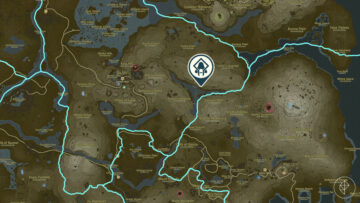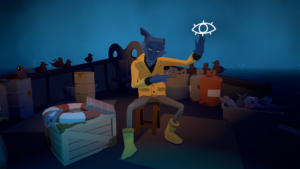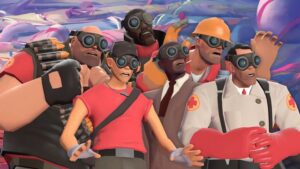Matthew R.F. Balousek thinks about Wordle the same way he does dice. The Hostos College lecturer tells his student to consider a game tool’s affordances — all the things it can do — and then strike from that list everything they have seen used in a game. Dice can be rolled to show a number, sure. But they can also be stacked, spun, aligned, and hucked across the room.
It’s perhaps no surprise that Wordle, the browser-based word game phenomenon created by Josh Wardle (who recently sold it to the New York Times), stuck in Balousek’s creative craw long enough that he created an impressive collection of game design musings before realizing he needed to just sit down and make his own game. Not content with toiling away by his lonesome, he decided to host The Wordle Jam and invite anyone else possessed with the five-letter spirit.
For those who have somehow completely missed the quaint zeitgeist that is Wordle, here’s a brief rundown: players have six attempts to guess a five-letter word by inputting letters into a grid. Correct but misplaced letters will show up as yellow, while spot-on placements show up green. Everything else is grayed out on the grid as well as the keyboard. The smartest part is its ability to be shared on social media in what Balousek calls “the mosaic,” which has become the conversation opener du jour in group chats, Discord servers, and Twitter threads. But it’s also given designers new and old pause, with many surprised by its virality as well as its simplicity.
And therein lies the inspiration for The Wordle Jam.
“I think any time there’s a non-zero number of things being made, that’s it. That’s the whole ball game,” Balousek told Polygon in an interview. All the niche movement needed was a name, which he was happy to provide, alongside a landing page on the internet. The Wordle Jam ran through January 31 and managed to accrue 10 entries, including Balousek’s, but he wasn’t preoccupied with measuring success and instead delighted by all the ways people had transformed the simple letter blocks into fully extant experiences, tools, and even poetry.
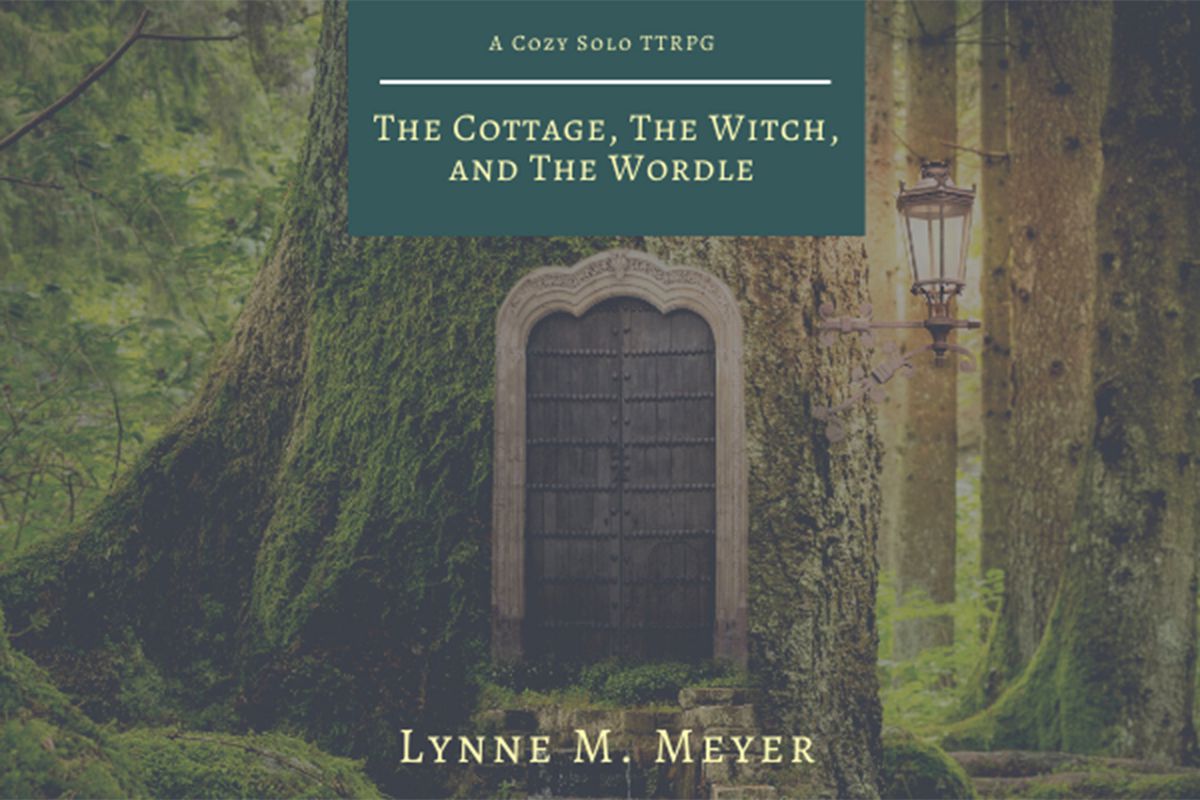
Lynne M. Meyer’s The Cottage, The Witch, and the Wordle sprung from the tabletop RPG writer’s fascination with finding the right word for a task and the power that connection provides, especially in the context of practical witchcraft. Her game uses Wordle results to calculate points that players can then spend on a list of features for their own witchy cottage nestled in the woods. A better performance could mean adding a second-floor library, an apiary in the backyard, or enough candles to cover every available surface. Meyer appreciated Wordle’s solitary nature and wanted to give the contemplative players more to chew every day.
Designer Pearse Anderson took a similar route, but his entry titled Your True Name puts players in the metaphorical shoes of the mystic word itself as it is spoken into existence by a coven, summoning circle, or other collection of magical practitioners. Every word becomes a brief journaling prompt where players describe the effect of the spell. Yellow letters increase power but also volatility, while green letters inch the word closer to its True Name and full potential.
“Because the Wordle changes each day, all players in Your True Name are working towards a globally consistent and randomized goal,” Anderson told Polygon via email. “I can play with a friend in Utrecht or Ulaanbaatar, and though we start our fantasy worlds in different places, our spellcasting converges at the True Name of that day’s Wordle — that’s magical.”
Balousek’s own entry, Wordle Games, picks at the seams of Wordle’s construction in playful and interesting ways. The 12-page zine contains five entries, though the first — A Wordle for Leibowitz — is a playful interpretation of Wordle’s rules “in case this zine survives the en masse destruction of knowledge and civilization, but computers don’t and so we can’t play Wordle anymore,” he wrote.
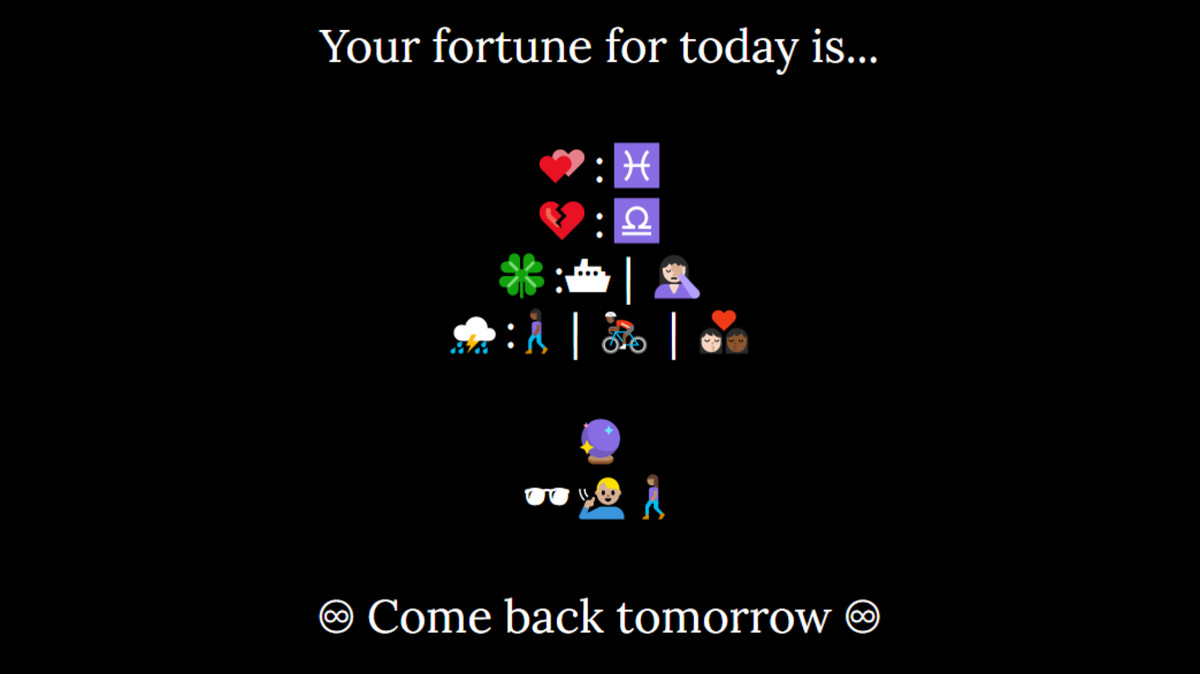
Kingslayer transforms Wordle into a story prompt about an assassin and their mission, with each row representing a character in their lives. Colors and the shape of the mosaic all get translated into places, personalities, and even the form of the assassin’s weapon. Speaking of shapes, the much less serious That Cloud Looks Like a Butt simply tasks players with sending an image that reminds them of any mosaic a friend shares. It’s cloud watching for the terminally online, unfortunately distant or playfully interpretive.
Swordle and Swordlecery is less a game and more an overwrought mechanic, Balousek admitted. It alchemizes the green and yellow scores of each column into ability scores written on the fingers of both hands (or paper, or a friend). For the rest of the day, the player is an adventurer who uses a six-sided die and their recorded stats to overcome physical and mental challenges. This might be a fun way to annoy your Dungeon Master or inspire a bit of live action role-playing. Regardless, at midnight that adventurer dies and is reborn with a fresh set of statistics.
The Wordle Jam’s existence hints at our fascination with seemingly simple games. The other entries change the solution to album art, for example, or imagine the mosaic shapes as farm animals needing to be corralled. Wordlebuilding uses word guesses as worldbuilding prompts (which solo RPG players would call an oracle), while Waddle charts the route a penguin takes after escaping from its zoo enclosure.
“There are rules all around us,” Balousek said. Playing games, especially roleplaying games, requires interrogating and testing those rules. The tabletop RPG hobby might be niche, but he believes anyone who enjoys Wordle would benefit from playing the jam’s entries if only to see how people can alter the assumed walls of an experience to create something wholly unique.
“One of the first steps is to draw from real life and identify those rules that are all around us,” Balousek said. “Rules will always be around us as humans, governing our spaces. Tabletop games allow us to think about them and what might happen if they suddenly change.”
- "
- About
- across
- Action
- All
- around
- available
- Bit
- Black
- call
- case
- challenges
- change
- Charts
- Circle
- civilization
- closer
- Cloud
- collection
- College
- Column
- computers
- construction
- content
- Conversation
- Creative
- day
- Design
- different
- discord
- down
- experience
- Experiences
- FANTASY
- farm
- Features
- First
- form
- fresh
- full
- fun
- game
- Games
- globally
- Green
- Grid
- How
- HTTPS
- Humans
- identify
- image
- Including
- Increase
- Inspiration
- Internet
- Interview
- IT
- January
- Keyboard
- knowledge
- landing page
- lecturer
- Library
- List
- Long
- Media
- Mission
- more
- New York
- Niche
- Notion
- online
- oracle
- Other
- Paper
- People
- performance
- physical
- play
- player
- players
- Playing
- playing games
- Poetry
- Polygon
- potential
- power
- Puzzle
- Randomized
- requires
- REST
- Results
- Role-Playing
- Route
- rules
- Said
- set
- shared
- Shares
- Simple
- SIX
- So
- Social
- social media
- solution
- spaces
- spend
- start
- statistics
- stats
- Story
- Student
- success
- Surface
- surprise
- tells
- Testing
- The
- Through
- time
- tools
- unique
- us
- Volatility
- What
- WHO
- working


